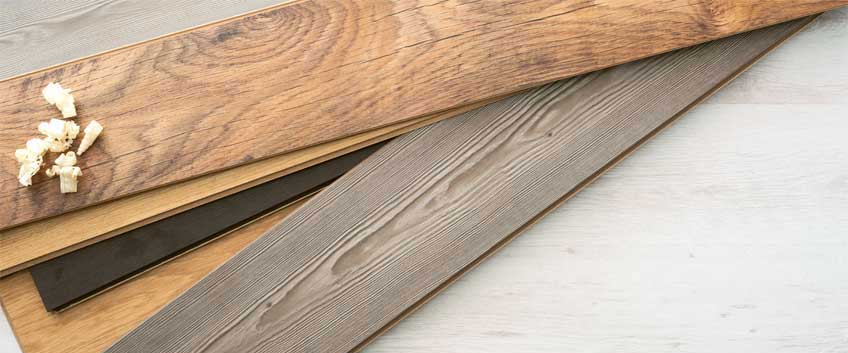
As the name suggests and would probably mislead you, hardwood sounds like a harder and more stable material than softwood, however, this is not the true definition. The truth is that the contrast in the names doesn’t refer to the durability and stability of both materials, it refers to the structure and origin of the different wood species, although softwood is, in fact, usually more flexible and pliant than hardwoods.
Let’s have a closer look at the topic of the tree’s origins and structure and that way we can understand better the difference between softwood and hardwood. Hardwood comes from the as known as angiosperm wood, also known as “flowering plants”, or the three types with enclosed seeds. The most popular hardwood types used for manufacturing flooring are ash, birch, cherry, mahogany, maple, oak, and walnut.
In difference, softwood comes from gymnosperm trees, or the trees with uncovered seeds and needles they keep year-round. Popular softwood types would be cedar, pine, spruce, etc. Besides the difference in origin, softwoods and hardwoods also differ in structure, when the main difference is the presence of pores. Hardwood’s structure consists of pores, which are different in size and shape, ranging from wood species to wood species. Besides the specifics these pores determine, they also contribute to the hardwood’s grain pattern and texture. This porous structure makes hardwood species more resistant, durable and stable in the most common cause. Softwoods are usually more flexible and resistant to the effect of moisture. Their structure is not porous, but a system of straight and linear tubes, which give them their specific appearance.
Speaking of appearance, hardwoods and softwoods also differ visually, even when they are manufactured and used for different purposes like furniture, flooring and more. Although the visual difference is more in-depth and various and wood’s appearance differs not simply between softwood and hardwood, but between all the wood species, however, there are a few main characteristics for both wood groups. Hardwoods vary in colour and they can offer a very diverse and interesting colour palette, coming in pale shades, white, dark red, all shades of brown, and gold, with purple-ish and even pink-ish undertones and in-between shades.
Softwood, however, cannot offer the same diversity and rich choice, because it mainly comes yellow and reddish, however, their airy pale shades are often used for creating an illusion of a spacious room in addition to their clean lines elongating the place. As it comes to grain patterns, they vary a lot and often don’t have anything to do with a block of wood being hard or soft.
More in specific, when it comes to wooden floors, hardwood is often preferred because it is more durable and solid when installed. Hardwood often experiences high traffic and everyday use better and is also pretty resistant to moisture and another internal and external impact.